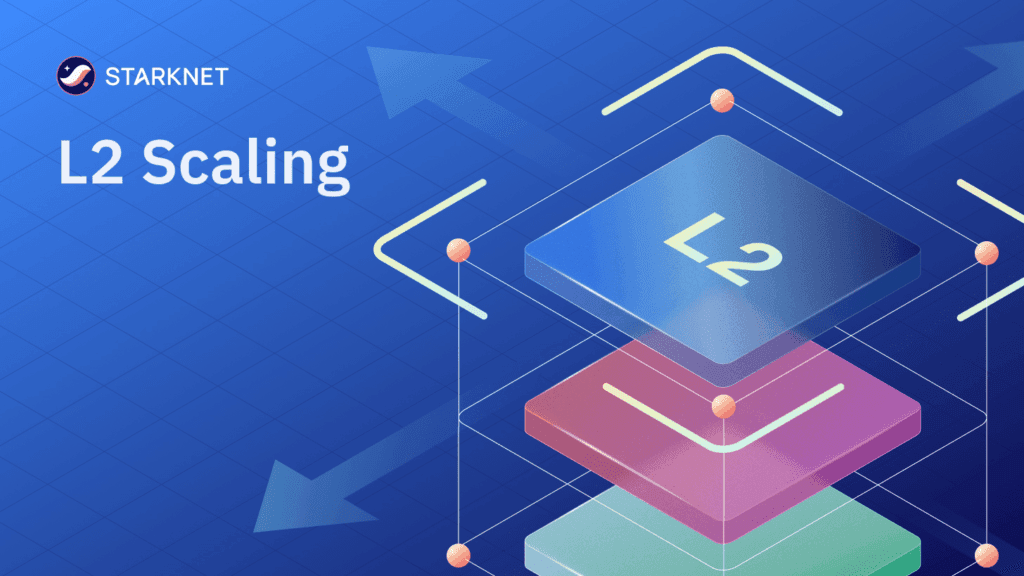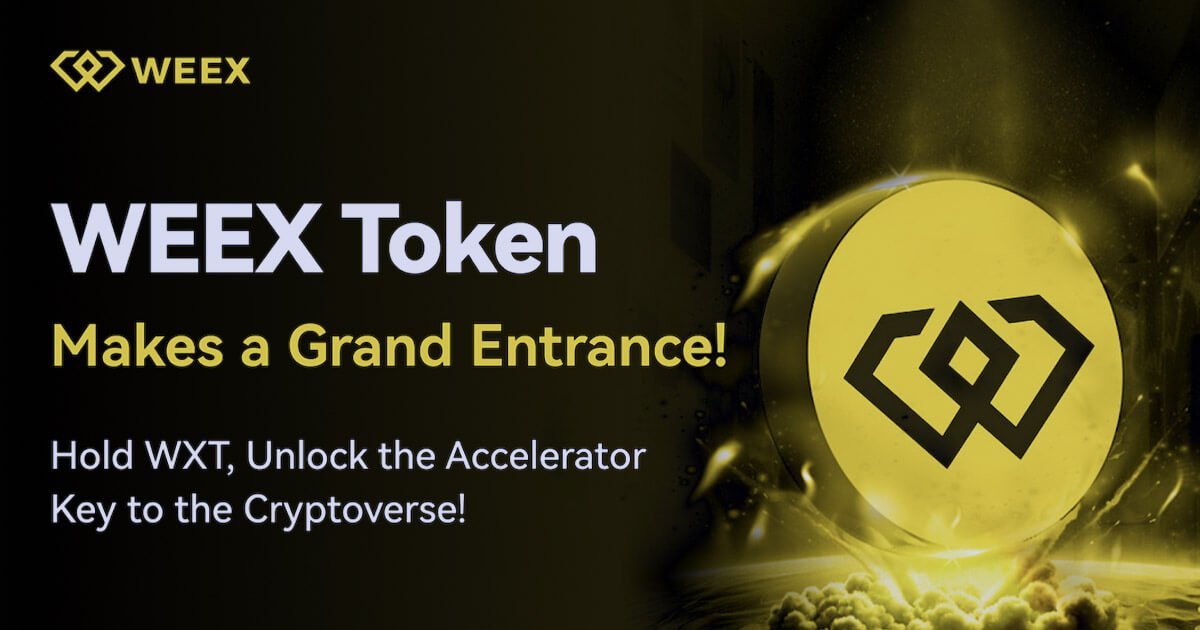

Bitcoin, the original cryptocurrency, has long been celebrated as a decentralized, secure, and valuable digital asset. Its primary use case? A store of value, often dubbed “digital gold.” But thanks to evolving blockchain technology, Layer 2 solutions are rapidly pushing Bitcoin beyond this narrative, transforming it into a programmable and productive economic infrastructure. Let’s explore how.
What Are Layer 2 Solutions?
Layer 2 solutions are protocols built atop a blockchain (Layer 1) to enhance scalability, reduce transaction costs, and introduce programmability. For Bitcoin, these solutions offer more than just faster and cheaper transactions—they enable new functionalities like smart contracts, privacy improvements, and financial applications.
The most prominent Layer 2 solution for Bitcoin is the Lightning Network, designed to handle microtransactions efficiently. However, emerging innovations like zero-knowledge proofs (ZK-rollups) and sidechains are also reshaping Bitcoin’s capabilities.
From Store of Value to Economic Engine
1. Scalability Unlocked
Bitcoin’s main blockchain (Layer 1) processes approximately 7 transactions per second—a far cry from the thousands per second needed for mainstream adoption. Layer 2 solutions address this bottleneck by handling the majority of transactions off-chain and recording only essential data on-chain.
For instance, the Lightning Network enables near-instant micropayments, making Bitcoin viable for everyday purchases, such as buying coffee or paying for subscriptions. This scalability leap positions Bitcoin as a usable currency rather than just an investment asset.
2. Programmable Bitcoin with Smart Contracts
Smart contracts—self-executing agreements coded directly into a blockchain—were previously Ethereum’s domain. Thanks to advancements in Layer 2 technologies, Bitcoin can now support smart contracts without compromising its security.
Projects like Taro and Rootstock (RSK) leverage Layer 2 to introduce programmable features to Bitcoin. With these tools, developers can create decentralized finance (DeFi) applications, tokenized assets, and even NFTs on Bitcoin’s network, opening doors to a new era of innovation.
3. Enhanced Privacy with ZK-Rollups
Zero-knowledge proofs (ZKPs) are cryptographic techniques that allow one party to prove something to another without revealing the underlying information. When integrated into Bitcoin’s Layer 2 solutions, ZKPs can enhance privacy, ensuring transactions are secure and confidential.
ZK-rollups, in particular, bundle multiple transactions into one and record them on Bitcoin’s blockchain, drastically reducing fees and maintaining high throughput. This innovation could also pave the way for private DeFi on Bitcoin.
Real-World Use Cases
- Micropayments:
The Lightning Network makes streaming payments possible, where users can pay per second of video watched or per byte of data consumed. - DeFi Applications:
Platforms like Sovryn and Stacks build on Bitcoin to offer lending, borrowing, and trading services—essentially DeFi with Bitcoin at its core. - Tokenized Assets:
With Layer 2, businesses can issue tokens representing real-world assets like real estate or commodities on Bitcoin’s blockchain.
Challenges Ahead
While Layer 2 solutions promise immense benefits, they’re not without challenges:
- Adoption and Usability:
Many users are unfamiliar with Layer 2 protocols, and user-friendly interfaces are still evolving. - Security Concerns:
Layer 2 solutions depend on Bitcoin’s Layer 1 security, but vulnerabilities in their design could pose risks. - Regulatory Hurdles:
As Bitcoin becomes more programmable, it may attract greater scrutiny from regulators worldwide.
The Future of Bitcoin as a Programmable Ecosystem
Bitcoin’s evolution through Layer 2 solutions signifies a profound shift in its role within the global financial system. No longer limited to being a passive store of value, Bitcoin is poised to become the foundation for decentralized applications, programmable money, and global financial inclusion.
With projects like ZK-rollups, Lightning Network, and sidechains, Bitcoin is finally stepping into its potential as the backbone of a productive and programmable economy.
Conclusion: Bitcoin’s New Chapter
Layer 2 solutions are not just technical upgrades; they’re a paradigm shift. By unlocking scalability, programmability, and privacy, they are transforming Bitcoin from a digital vault into a vibrant economic infrastructure. As these technologies mature, Bitcoin’s impact will expand beyond hodlers and speculators, becoming the backbone of a decentralized, programmable future.
The transformation is already underway—are you ready to embrace Bitcoin’s new era? 🚀
FAQs
1. What is the Lightning Network, and why is it important for Bitcoin?
The Lightning Network is a Layer 2 solution for Bitcoin that enables fast, low-cost transactions by processing them off-chain. It’s crucial for making Bitcoin scalable and usable as an everyday currency.
2. How do ZK-rollups enhance Bitcoin’s functionality?
ZK-rollups bundle multiple transactions into one, reducing fees and increasing throughput while preserving Bitcoin’s security. They also introduce privacy features, making Bitcoin more versatile for financial applications.
3. Can Bitcoin support smart contracts?
Yes! Thanks to Layer 2 solutions like Rootstock (RSK), Bitcoin can now support smart contracts, enabling decentralized finance (DeFi), web3 tokenized assets, and more.




